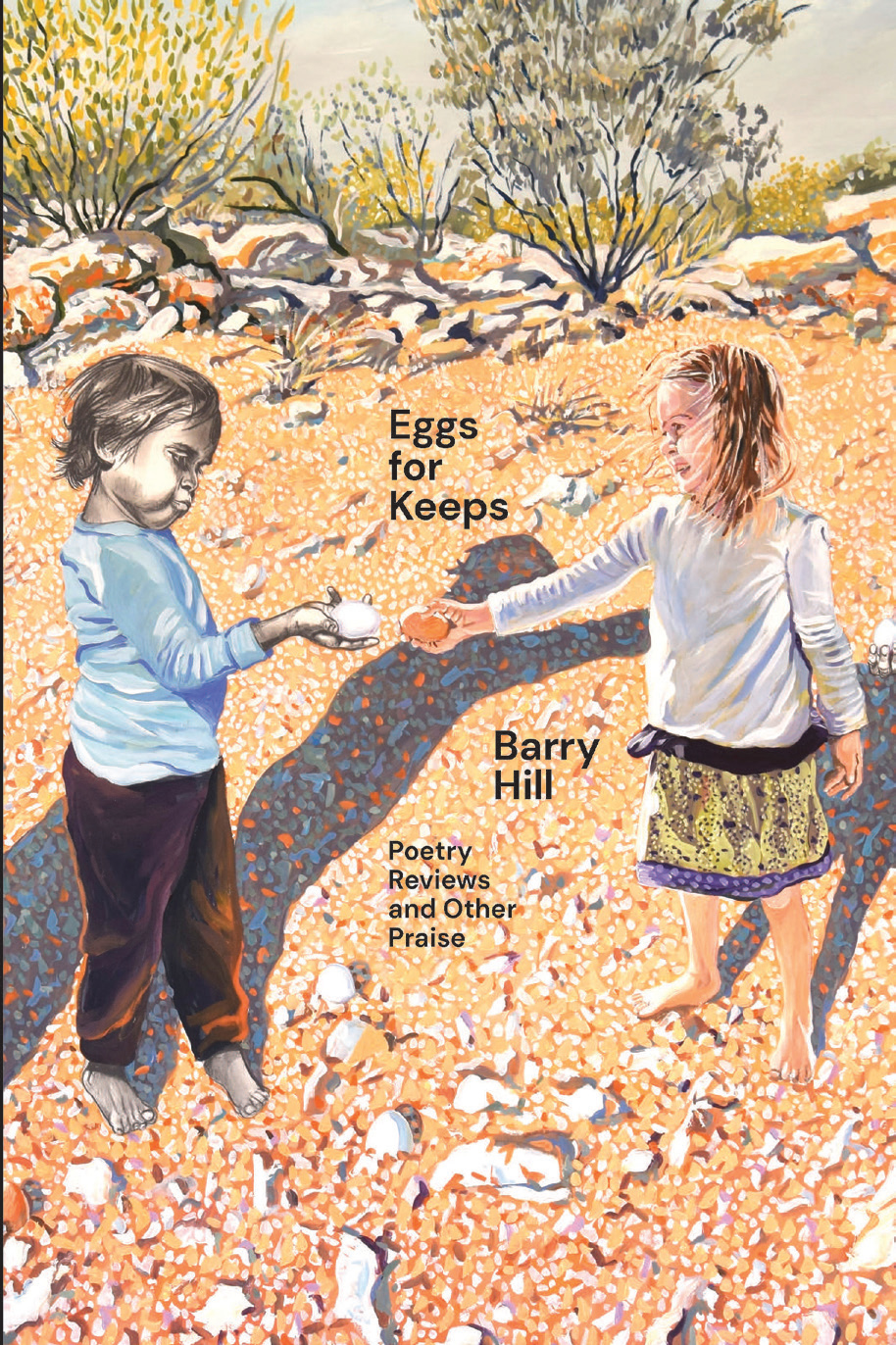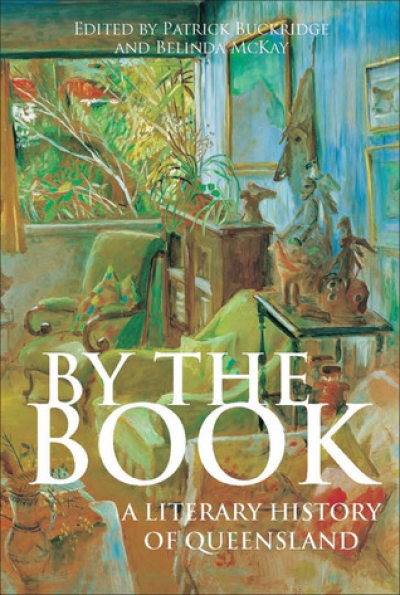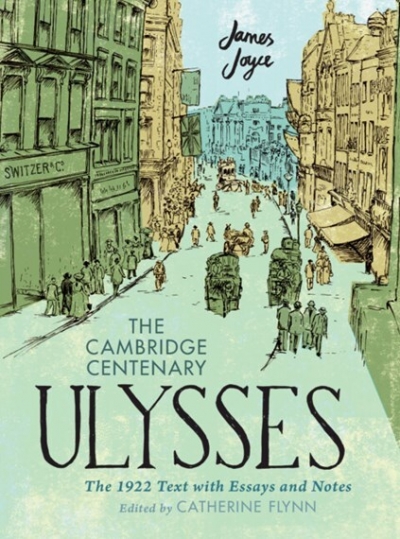Literary Studies
Critical Revolutionaries: Five critics who changed the way we read by Terry Eagleton
Eggs for Keeps: Poetry reviews and other praise by Barry Hill
Novelist as a Vocation by Haruki Murakami, translated by Philip Gabriel and Ted Goossen
When I told a friend I was thinking of writing an essay on pre-Hispanic literature he said, ‘Forget it. You’d have to go to university to find out how to write an essay. Why don’t you write about your Christmas holidays?’ So perhaps it’s polite to warn readers that the following words, observations, and ideas are derived solely from personal experience, reading and reflection. I am a genuine lay person, shamelessly uneducated, having left school at fifteen and not found the time (or funds) to return since.
... (read more)Apartheid in Shakespeare and other reflections by Sibnarayan Ray
By the Book: A literary history of Queensland by Patrick Buckridge & Belinda McKay
Walt Whitman’s famous line ‘I sing the body electric’ could well serve as the epilogue to Etchings 2, whose dynamic offerings are gathered under the theme of connectivity and the generation of energy. indeed, being ‘wired’ has become a predominant feature of modern existence. This is obviously true of our relationship to the internet and of our addiction to instantaneous transactions and connections. Yet we are wired in other ways as well. To be wired is also to be anxious and edgy; it implies a disconnection, a nervous distance. The pieces showcased in Etchings 2 examine the multifariousness of this experience.
... (read more)






